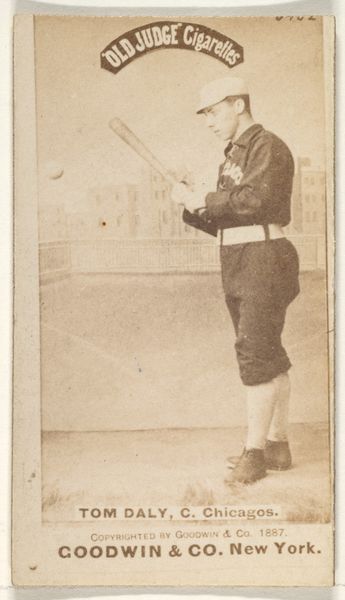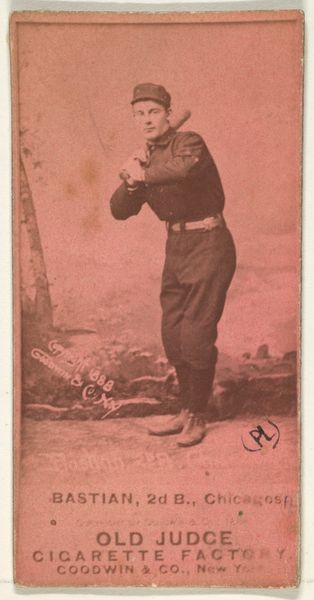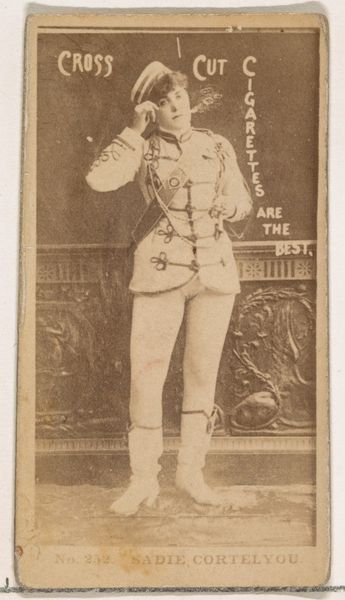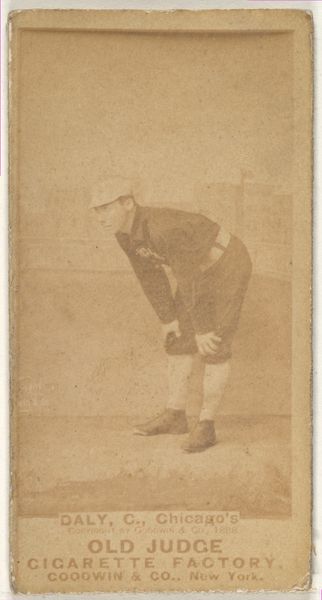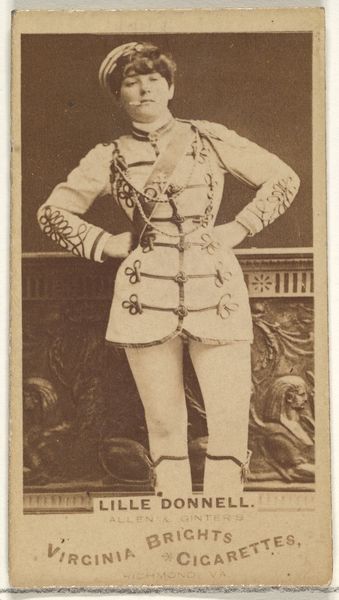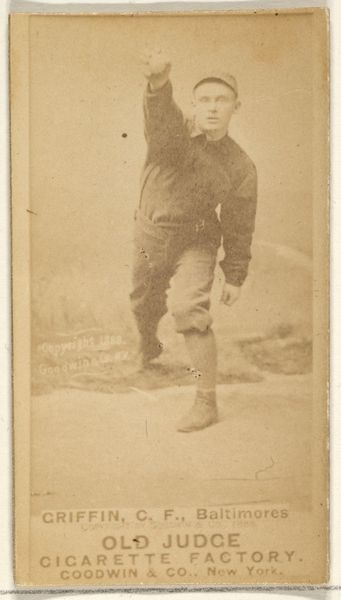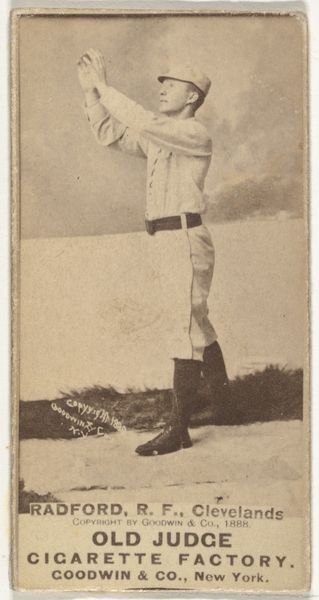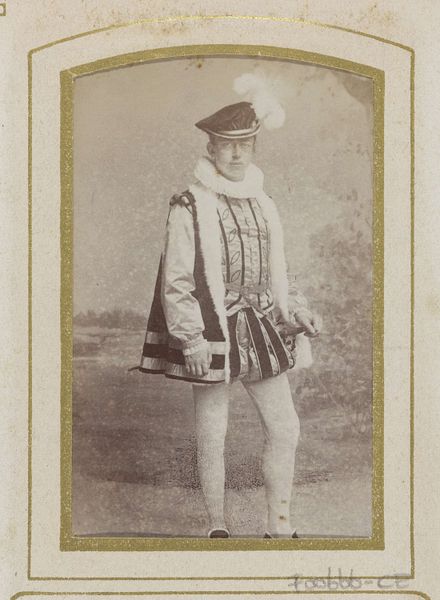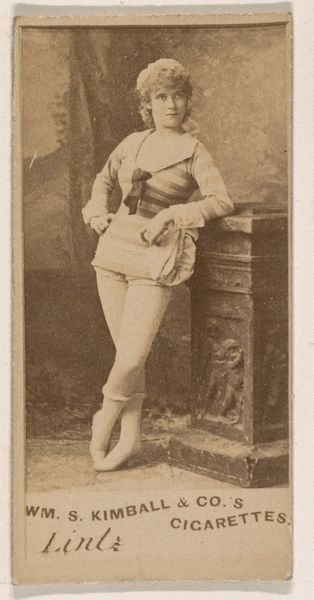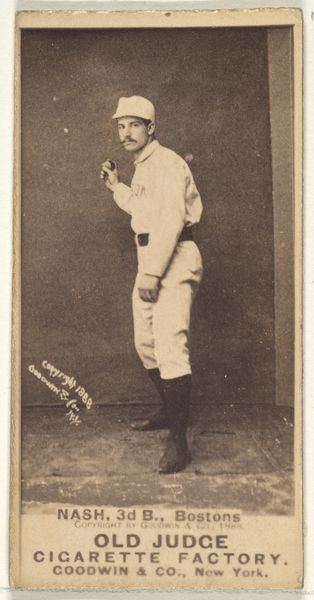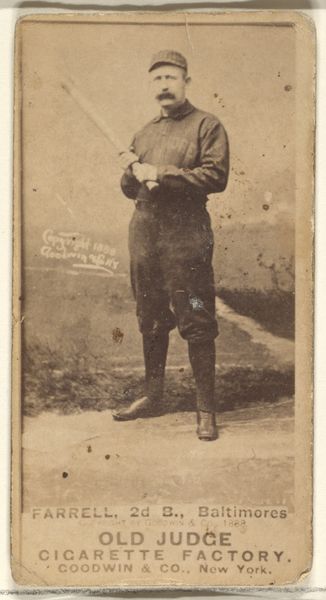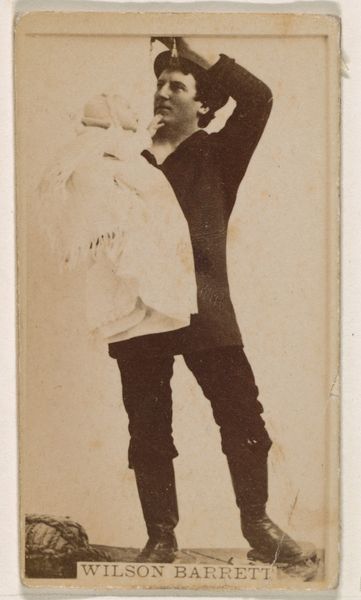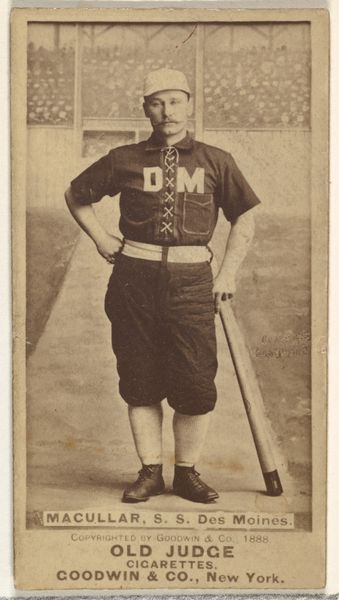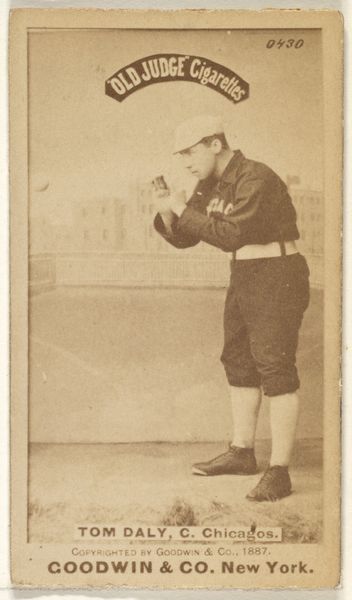
#
black and white photography
#
cool tone monochrome
#
black and white format
#
warm monochrome
#
b w
#
black and white theme
#
black and white
#
monochrome photography
#
monochrome
#
grey scale mode
Copyright: Public domain
Editor: This black and white photograph from 1896, titled "Nicholas II, Tsar of Russia, on a visit to Paris," was taken by Felix Nadar. The Tsar appears almost hidden, surrounded by such a large crowd of onlookers. It feels like it’s about the masses more than the man himself. What’s your take? Curator: That sense of obscured identity is crucial. While it's nominally a portrait of Nicholas II, the symbolic weight shifts dramatically when placed within this throng. Consider the context: Tsarist Russia, late 19th century, and a visit to Republican Paris. Editor: A stark contrast in political ideologies! Curator: Precisely. The image then isn't just about Nicholas as an individual, but the Tsar as a symbol encountering a very different kind of symbolic order. The crowd represents the emergent power of the people, a stark counterpoint to the divine right of kings. Notice how Nadar captures individual faces, yet blends them into an undulating sea. Editor: So the faces aren't so much adoring as...assertive? Curator: More like expectant. There's a feeling that something monumental is shifting. He is like a relic being presented before the dawn of a new age. Is this celebratory or an early harbinger of that family's destiny? Editor: Wow, that completely reframes how I see this! I hadn’t thought about the photographic medium itself playing into it. Curator: And consider that photography was itself democratizing representation, making images available to a broader public, undercutting traditional modes of portraying power. A layered symbol, indeed. Editor: Definitely makes you rethink what a "portrait" can mean, how an image carries so much historical baggage.
Comments
No comments
Be the first to comment and join the conversation on the ultimate creative platform.
